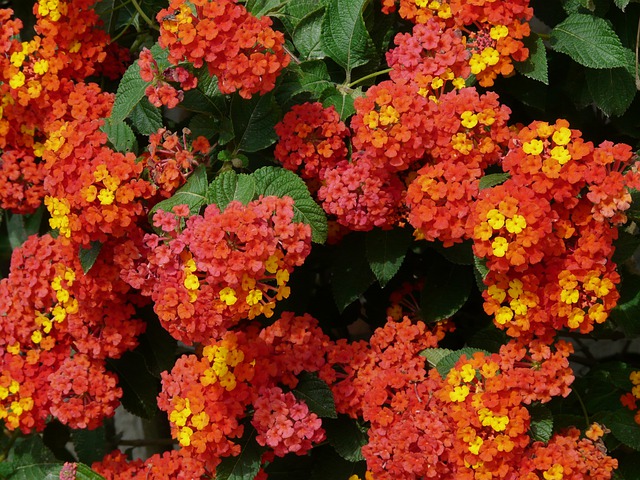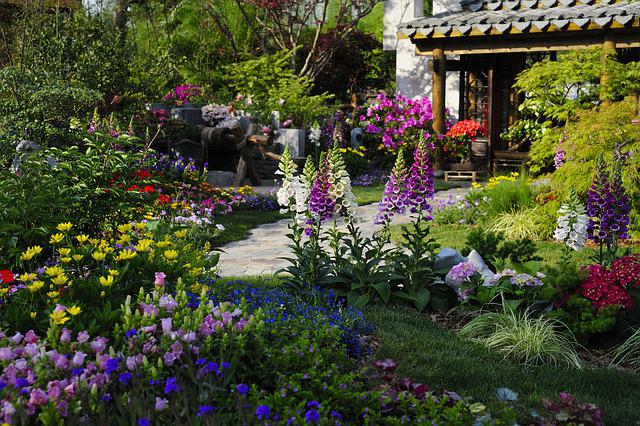If you’re planning to have work performed in your landscape, plan early. Don’t wait any longer if you haven’t already scheduled your project. It doesn’t matter whether you’re planning a full-scale remodel of your outdoor environment or just want to add a small water feature in the backyard – landscaping companies are in high and are often booked for months in advance.
The promising news is that they may also be able to work you in if your project isn’t too extensive. The range of services offered will depend on the individual landscape company, but can encompass any or all of the following.
Plantings
Landscape companies are best known for their planting services for flowerbeds, vines, bushes and trees. They’re highly-trained in the requirements of an extensive array of plants and are able to give them the best possible start in your yard.
Irrigation Systems
Landscape companies design and install traditional irrigation systems. They also work with sustainable systems that feature low water consumption and savings for clients.
Lawn Care
Maintaining a lush, green lawn can require considerable time, effort, and individuals can inadvertently do more harm than good for their lawn if they’re not careful. A landscaping company has highly-skilled technicians that know the optimal way to mow different species of grass, fertilize in the correct amount and at the right time, water effectively, and prevent disease and animal pests.
Hardscapes
These are the non-plant features that can be added to landscapes for interest and enjoyment. Hardscapes include such items as pool surroundings, walkways, statuary, pergolas, firepits, and lighting that enhances outdoor spaces.
Maintenance
Landscapers work with residential and commercial clients to install and maintain environments year-round. That can include trimming and pruning trees for their health and the safety of people and homes, tending to a backyard citrus grove, or removing fruits from palm trees.
Contact RCH Landscaping Today for a Free Estimate




